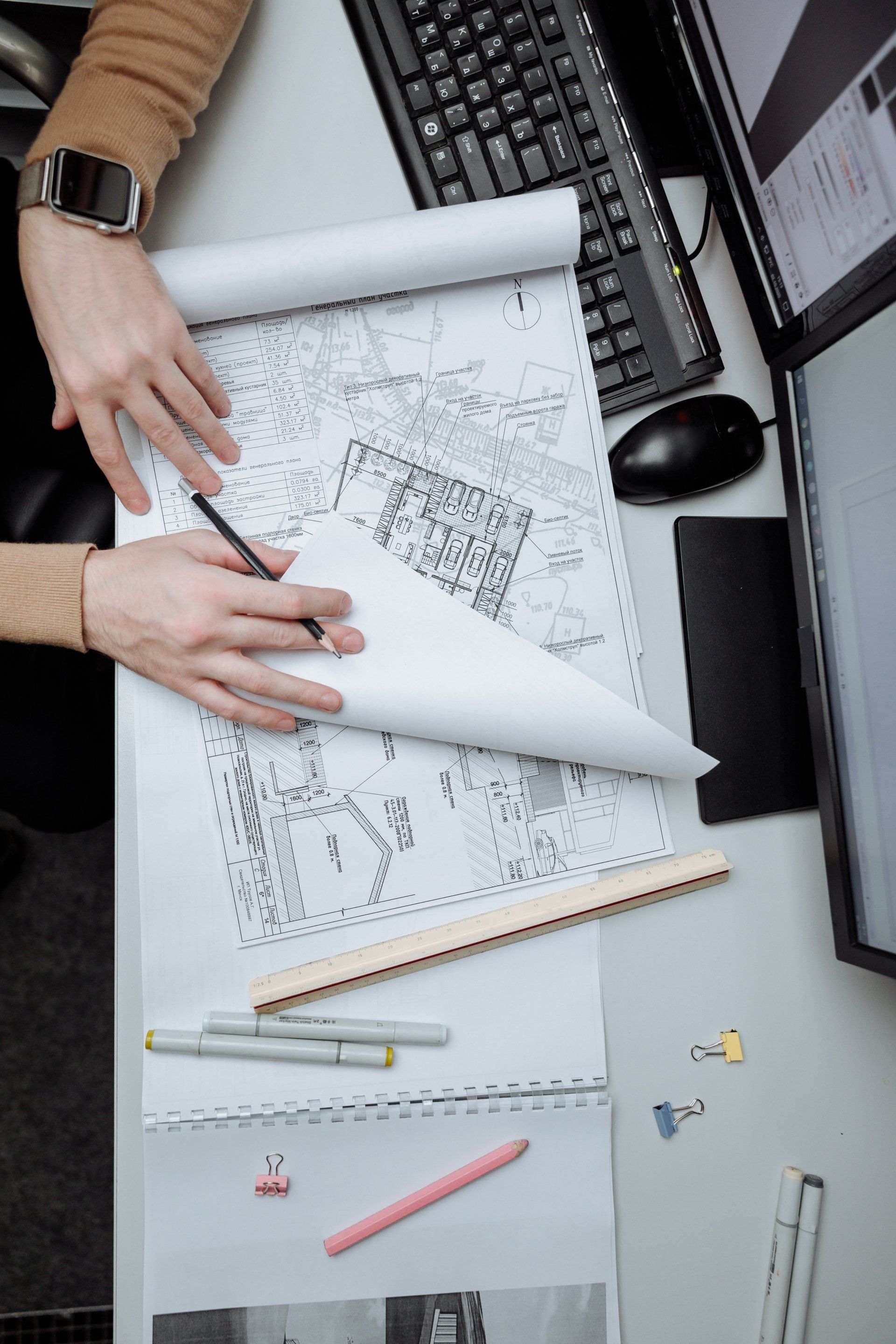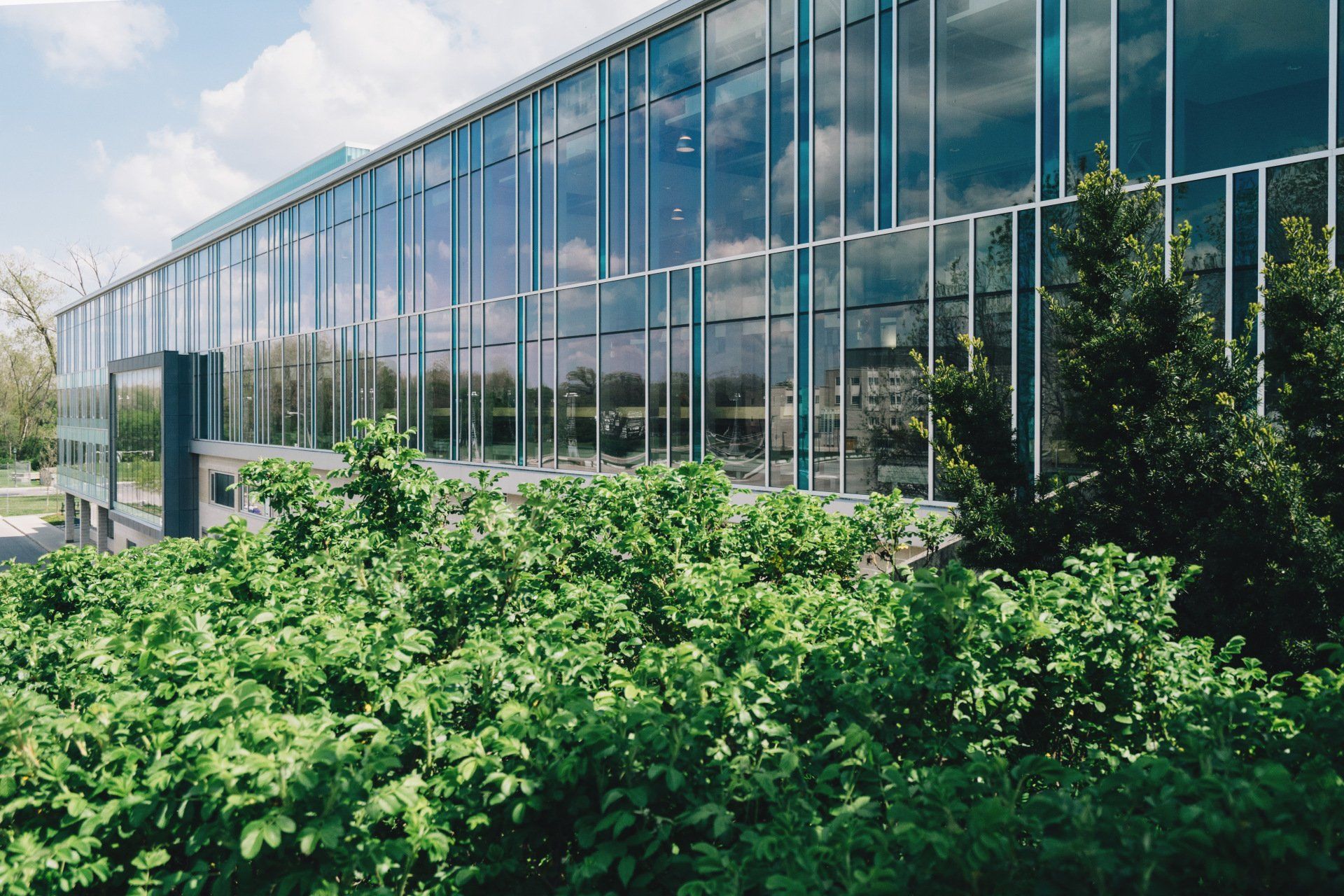BUilding renovation & Construction Solutions
Serving Virginia, Washington D.C. & Maryland with Excellence
Mastering Build-Outs, Renovations, and SCIF Construction Since 1985
Specializing in tenant build-outs, building renovations, and Sensitive Compartmented Information Facility (SCIF) construction since 1985, Partners Contracting offers a level of craftsmanship and integrity that goes beyond standard protocol.
Partners Contracting offers project management, architectural services, engineering guidance, and complete construction services.
PRIORITIZING YOUR VISION WITH CARE & EXPERTISE
We're privileged to work with a broad range of clients, including designers, architects, and engineers. We work closely with everyone connected to a job, but we listen most of all to you, our client. We minimize disruptions to the workplace, maintain regular contact with all participants from start to finish, and meet weekly to review progress and issues. Your questions are answered quickly and efficiently with expertise that continually reinforces a high level of trust essential to every job.
Explore Project Details From Our Talented Team
Take a moment to browse our website and portfolio. You'll find intriguing projects, innovative construction solutions, and client comments and observations. You'll also find evidence of a team that's easy to work with, fiercely focused, and, as our name suggests, a true project partner.
Specialized designs & craftsmanship
Partners Contracting, Inc. specializes in tenant build-outs, design-build, sensitive compartmented information facilities (SCIF), and building renovations. We seek to improve the architecture of your space and bring your vision to life. With comprehensive plans and layouts, our experts are here to provide you with the means to understand the process with ease. If you're interested in elevating your building with innovative designs and efficient craftsmanship, reach out today to learn more.
Functional Tenant Build-Outs & Interiors
Lobby upgrades and new tenant configurations are known as one of the best strategies to keep current tenants happy and attract new tenants. Most of us work more efficiently in a functional, beautiful environment. Once negotiations are done and your lease has been ratified, there's typically very little time to get tenants into their new space.
We specialize in meeting your schedule and work with you from start to finish, utilizing peer review, third-party inspections, permit separation, and occupancy permitting prior to construction starting. We'll minimize workplace disruptions and maintain ongoing communication, which is key to a successful project.
a Client-Focused Firm
Partners Contracting, Inc. maintains a high degree of transparency and communication throughout each project, and this starts with the initial design process. We have long-standing relationships with a variety of exceptional subcontractors. High-end interiors require skilled craftsmanship, unique to only a certain caliber of craftsman. Our experience, coupled with enduring relationships with these shops, gives us a distinct advantage over other general contractors.
eco-friendly LEED Consideration
When executing a building upgrade, changing tenant workspace, following SCIF guidelines, or planning a historic preservation, the terms "sustainable, green, earth-friendly, and eco-friendly" become very important.
All of us want to take care of our precious resources and leave as small a carbon footprint as possible. Partners helps you navigate the way with Leadership in Energy and Environment Design (LEED) guidelines - the recognized standard for measuring building sustainability.
What is Partners Contracting Inc. renowned for excelling in?
With more than 10 years of SCIF construction experience, we’re able to guide you through the entire process: pre-planning, construction, and accreditation. We’ll walk you through the list of requirements you’ll need to meet, provide preliminary cost proposals, outline the size and configuration of your job, and work within your budget.
You’ll find our proposals detailed and accurate, workmanship of the highest caliber, and assistance with accreditation tremendously helpful. From TS-closed areas to secured and shielded facilities, we’ll make sure your project meets full TS/SCI specifications. On time, on budget, every time.
Contact Us Today
At Partners Contracting, Inc., we want to help you get started on your next project. Our friendly and knowledgeable team has the experience and expertise to provide exceptional construction services.
Get connected to see if Partners Contracting, Inc. is the right fit for you!
Contact Us
Frequently Asked Questions
Here are answers to some common questions.








